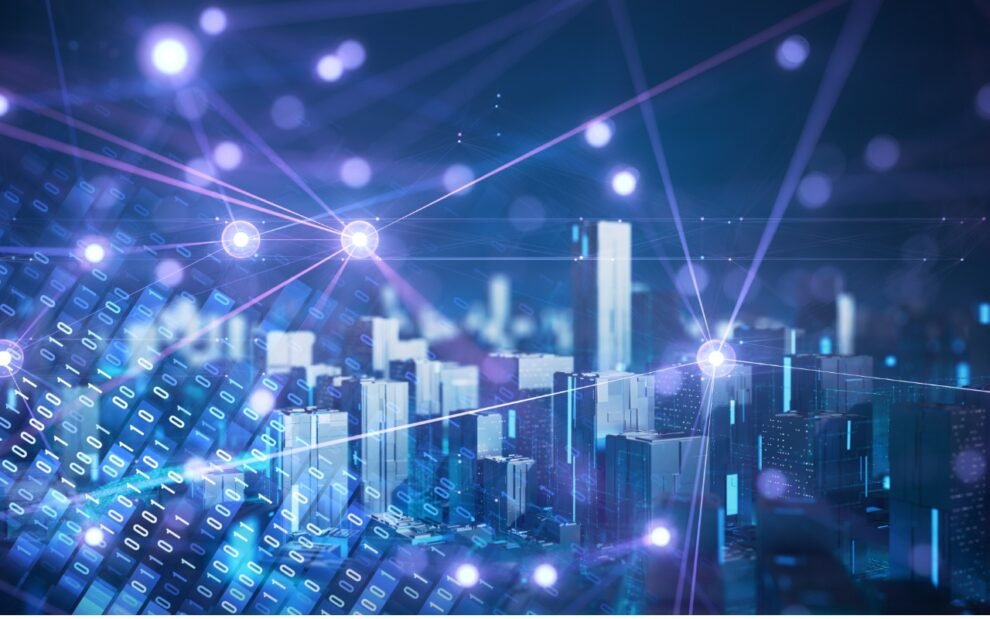Advancements in battery technology are essential for the sustainable energy future. The integration of Artificial Intelligence (AI) with High-Performance Computing (HPC) has opened new horizons in the development of more efficient, sustainable, and powerful batteries. This intersection is driving significant breakthroughs in battery design, promising to enhance everything from electric vehicles to renewable energy storage.
Key Highlights:
- AI and HPC are being combined to accelerate battery material discovery and optimize design.
- Recent breakthroughs include a battery design with 70% less lithium.
- AI helps in understanding the atomistic interactions within batteries, leading to longer-lasting batteries.
- Automated laboratories driven by AI are revolutionizing the search for the perfect electrolyte.
- The convergence of AI and HPC is also influencing hardware designs in computing.

The Power of AI in Battery Material Discovery
Researchers have successfully used AI to design a novel battery material that uses up to 70% less lithium than conventional designs. This development, achieved in collaboration with scientists at the Pacific Northwest National Laboratory, represents a significant step in creating more sustainable and less resource-intensive batteries. The AI suggested a unique electrolyte formula, replacing some lithium atoms with sodium, leading to a novel and potentially transformative battery chemistry.
Visualizing Atomic Interactions with AI
At the Foundry, scientists are leveraging AI to analyze atomic-scale images, gaining insights into why batteries degrade over time. By focusing on lithium iron phosphate (LiFePO4) batteries, researchers are unraveling the nanoscale interactions that lead to battery wear, which could result in batteries with much longer life spans.
AI-Driven Electrolyte Design
In the quest for better batteries, electrolyte design is crucial. AI and machine learning are instrumental in narrowing down billions of possible combinations of salts, solvents, and additives to identify the most effective electrolytes. This approach, aided by robot-driven experimental regimes, is speeding up the discovery process and minimizing human error.
The Role of HPC in Optimizing AI for Battery Design
The integration of HPC is critical in optimizing AI models for battery design. HPC’s computational power allows for faster processing of large datasets, essential for training complex AI models. This convergence is not only accelerating the pace of discovery but also driving changes in HPC system designs to better accommodate AI workloads.
Challenges and Future Prospects
Despite the significant progress, combining AI with HPC for battery design faces several challenges. One of the main challenges is the need for large, high-quality datasets to train AI models. Additionally, translating AI-derived concepts into practical, scalable battery designs remains a complex task.
Future prospects in this field are incredibly promising. As AI and HPC technologies continue to advance, we can expect to see even more innovative battery designs. These advancements could lead to batteries with higher energy densities, faster charging times, and longer life spans, which are critical for the widespread adoption of electric vehicles and the efficient use of renewable energy sources.v
The synergy between AI and HPC is ushering in a new era of battery technology, with significant implications for energy storage and sustainability. This collaborative approach is enabling the discovery of novel materials, the understanding of intricate battery chemistries, and the optimization of electrolyte compositions. As this field progresses, it holds the promise of more efficient, durable, and environmentally friendly batteries, crucial for the energy demands of the future.

















